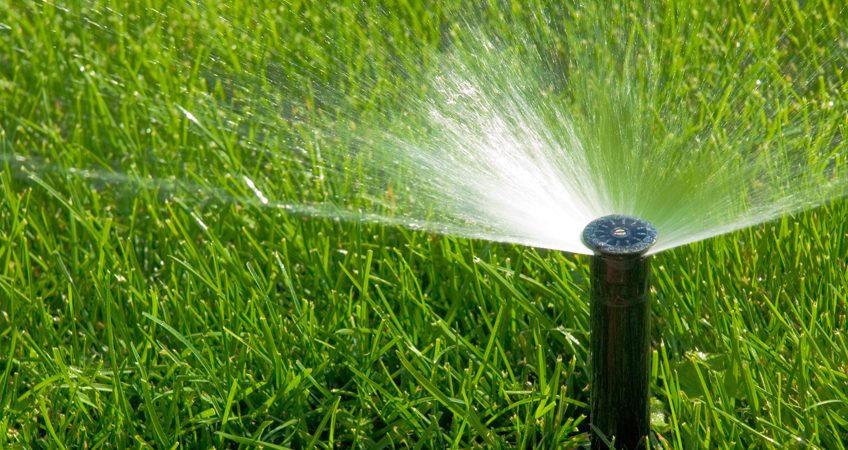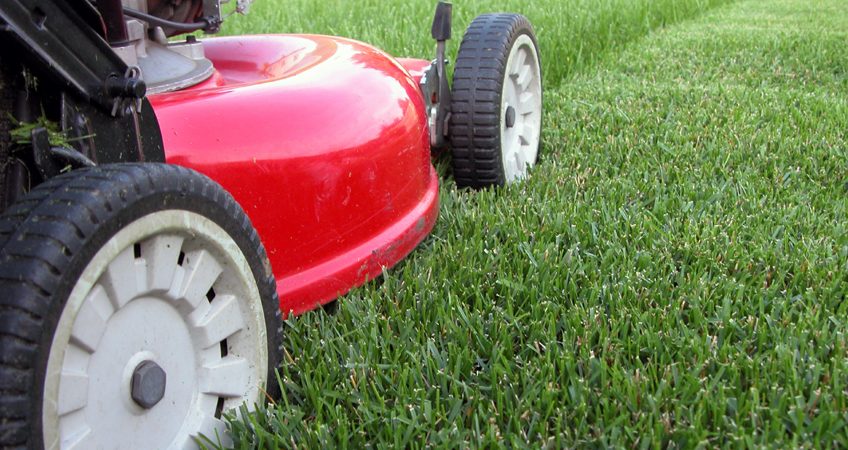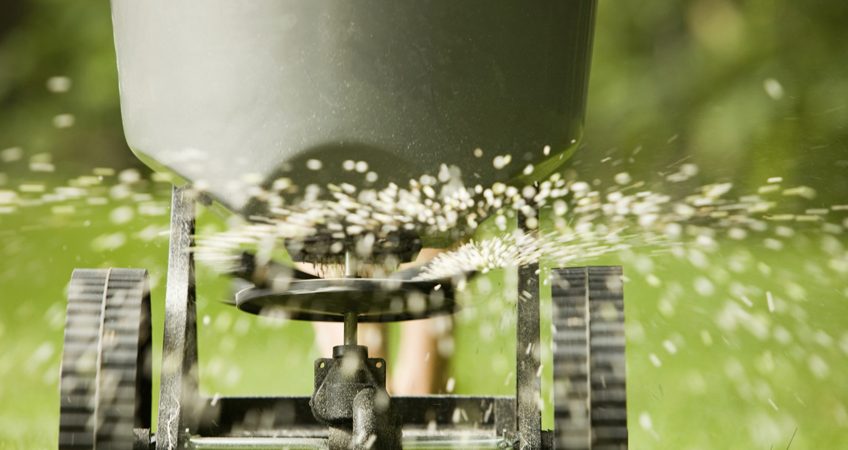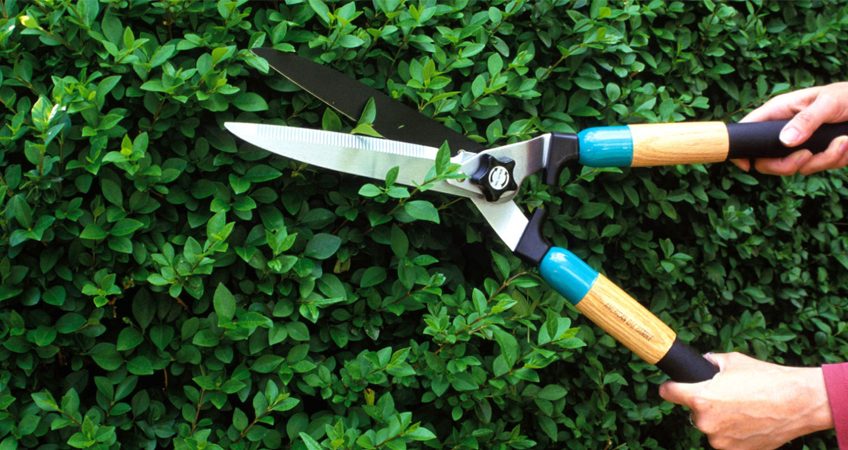
Watering Tips
Water is the most important factor that determines development of and establishment of plants in the landscape. However, requirements for water vary according to soil type, environmental conditions, and specific tolerances and needs of each plant.
Turf
Water should be applied at the rate of 1/8″ per hour to minimize runoff and Watering should be done as early in the morning as possible to allow the grass blades to dry before the sun can burn them. Watering in the evening invites fungus disease and certain insect infestations, such as lawn moths. From late May through August, an established lawn needs one inch of rainfall or more per week. This should be gradually decreased in September to harden off the turf until fall rains begin. It is best to provide one or two longer periods of watering each week rather than shorter periods each day. This encourages turf roots to grow deeper, insuring soil penetration. Shorter watering periods with more frequency are recommended for establishing newly planted grass. Newly laid sod will require long watering with a lot of frequency. For the first two weeks after new sod is installed, the sod should be soggy to touch and wet underneath when pulled up. After new sod has taken and it needs to be cut once – usually in 3 to 4 weeks, watering can be scaled back in line with normal watering.
Deciduous Trees
Watering new trees for the first through third years is most important because the root system is not fully developed. Deep-watering a tree planted in a well-drained soil will result in deep-set roots and increased stem and branch growth. New trees should be watered once a week unless rainfall of 1″ or more occurs during a 7-day period. Established trees should be watered twice a month in summer and fall under dry conditions with the amount of water depending upon the growth one wants to put on them. Particularly, keep in mind those trees planted in narrow parking strips, in raised planters and where heat radiates off nearby pavement. By decreasing the amount of water in early fall, you will decrease frost damage, enrich fall color, harden off new growth, and lengthen the stay of leaves on the trees.
Deciduous Shrubs
Newly planted shrubs should be watered once a week unless rainfall of 1″ or more occurs during a 7-day period. Shrub beds should be watered regularly to maintain vigorous growth, good foliage and color, and more profuse flowering.
Coniferous Evergreen Trees & Shrubs
Adequate watering of evergreen trees in the summer will encourage new growth and deeper color. A regular watering pattern should be established from one summer to the next, as variations in the rate of growth in one year to another will be noticeable in the plant for years. When possible during the winter months, provide watering as needed to avoid desiccation and winterkill.
Broad Leafed Evergreen Shrubs
Watering of broad-leafed evergreens should begin April 15th. Early watering is essential, except when rainfall is excessive. Early in the day (during the summer months), the foliage of broad-leafed evergreens will benefit from a light spraying. Water established plants thoroughly at least once a week, being sure to provide adequate moisture in the heat of summer but also being sure not to over water. Remember, broad-leafed evergreens will not survive long in a poorly drained soil. Also, be sure to check broad leafed evergreens under roof eaves and in pots often during winter when their moisture supply might be especially light–freezing temperatures plus dry soil are sure death to any plant!
Groundcovers
Groundcovers require ample moisture at all times due to the fact that they are not deep-rooting and expose a great deal of foliage at the surface. This is especially true where they compete for moisture with nearby shrubbery. Groundcover will establish an even, closer coverage of foliage if they are watered thoroughly and with an even pattern.



